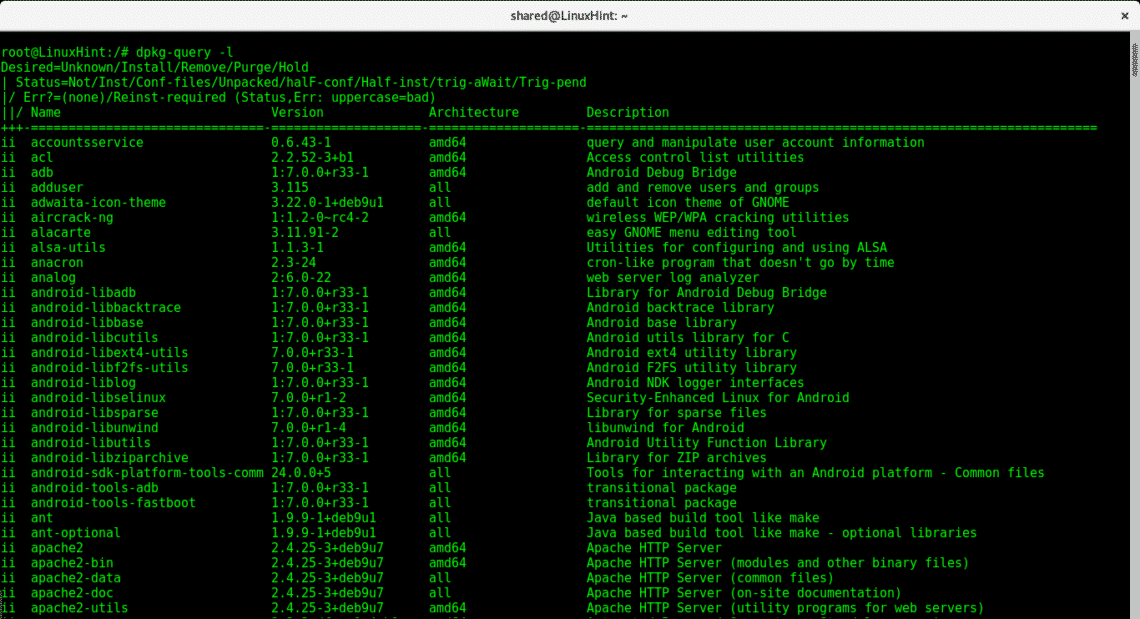
The two repositories are kept separate so that access controls can be applied to debian-local without affecting debian-stanford.
#DEBIAN PACKAGES SOFTWARE#
The repository debian-local contains additional packages and software for use internally within UIT access to the debian-local repository is restricted to Stanford networks. The repository debian-stanford is open to the world and contains Stanford-local or Stanford-specific software builds that may be of interest to the general Stanford community. The debian-stanford and debian-local repositories

#DEBIAN PACKAGES FULL#
Be sure to prefix the full path to the file, or prefix with './' if in the local dir.Īlso, if you no longer need them, both the downloaded deb file and the unpacked tmp directory can both be cleaned up.University IT (UIT) maintains two separate Debian repositories to supplement the repositories provided by the Debian project. Where FIXED_DEB_b is the actual name of the new deb file created above.
#DEBIAN PACKAGES INSTALL#
Install local package apt-get install -y. Where tmp is the local directory (as noted above) and FIXED_DEB_b is the new name you want to give the resulting deb file (and filepath if not in the local dir). Once you have finished hacking on the package, repack it to test. These files can be changed/edited/replaced/etc. control, postrm, etc) will be in a DEBIAN subdirectory. man pages, changelog, config files, etc). That contains all the binary files and/or other Debian files (e.g. The package contents will be decompressed to the tmp directory noted in the above command. Where tmp is a local directory (I literally use 'tmp' but you can use any directory name) and PACKAGE_DEB_b is the actual deb file name (and filepath if not in the local dir). Where PACKAGE_NAME is the name of the package as noted by tools such as 'apt policy' or 'apt search'. Download a deb file from a repository apt-get download PACKAGE_NAME Plus obviously the binary and other files that get copied to the filesystem. This method can also be used to make other package modifications, such as tweaking and testing of pre and post, install and removal scripts. But then I decided to post it all as a blog post as perhaps others might also find value?!Īs noted above, I used these instructions to tweak the dependency requirements of a package (I edited the control file). So I decided to document it as a quick reference for myself. I have used these steps on multiple occasions, but every time I've had to google to remember the exact commands.

I decided to write this post for myself as much as anything else. This post isn't about TKLBAM, or even Ubuntu it's about hacking on Debian packages. I'd really like to improve TKLBAM support for Ubuntu and Mint (and other Ubuntu based derivatives), but that's for another day.

It turns out that on this occasion, it really wasn't compatible and I had to generate a specific Ubuntu 20.04 compatible build of the package. Despite my best efforts, he kept hitting issue after issue.Īs part of that troubleshooting process, I wanted to hack on the problematic package and see if I could work around a dependency issue. TurnKey user Ed Carp was recently trying to install TKLBAM on Linux Mint 20.3/Una (which is based on Ubuntu 20.04/Focal).


 0 kommentar(er)
0 kommentar(er)
